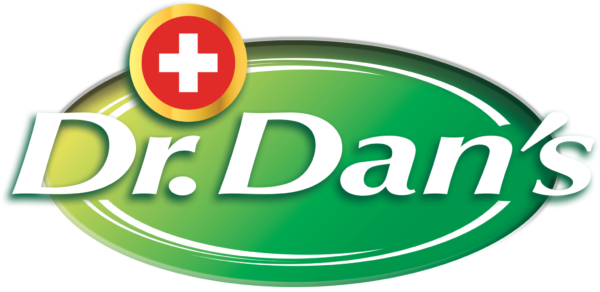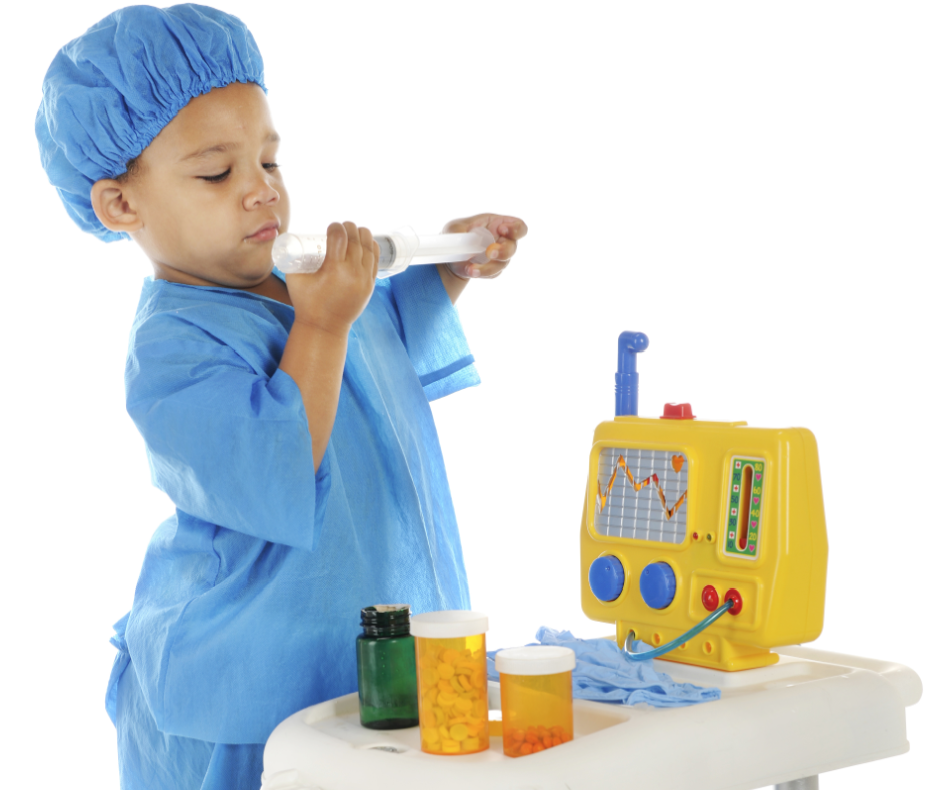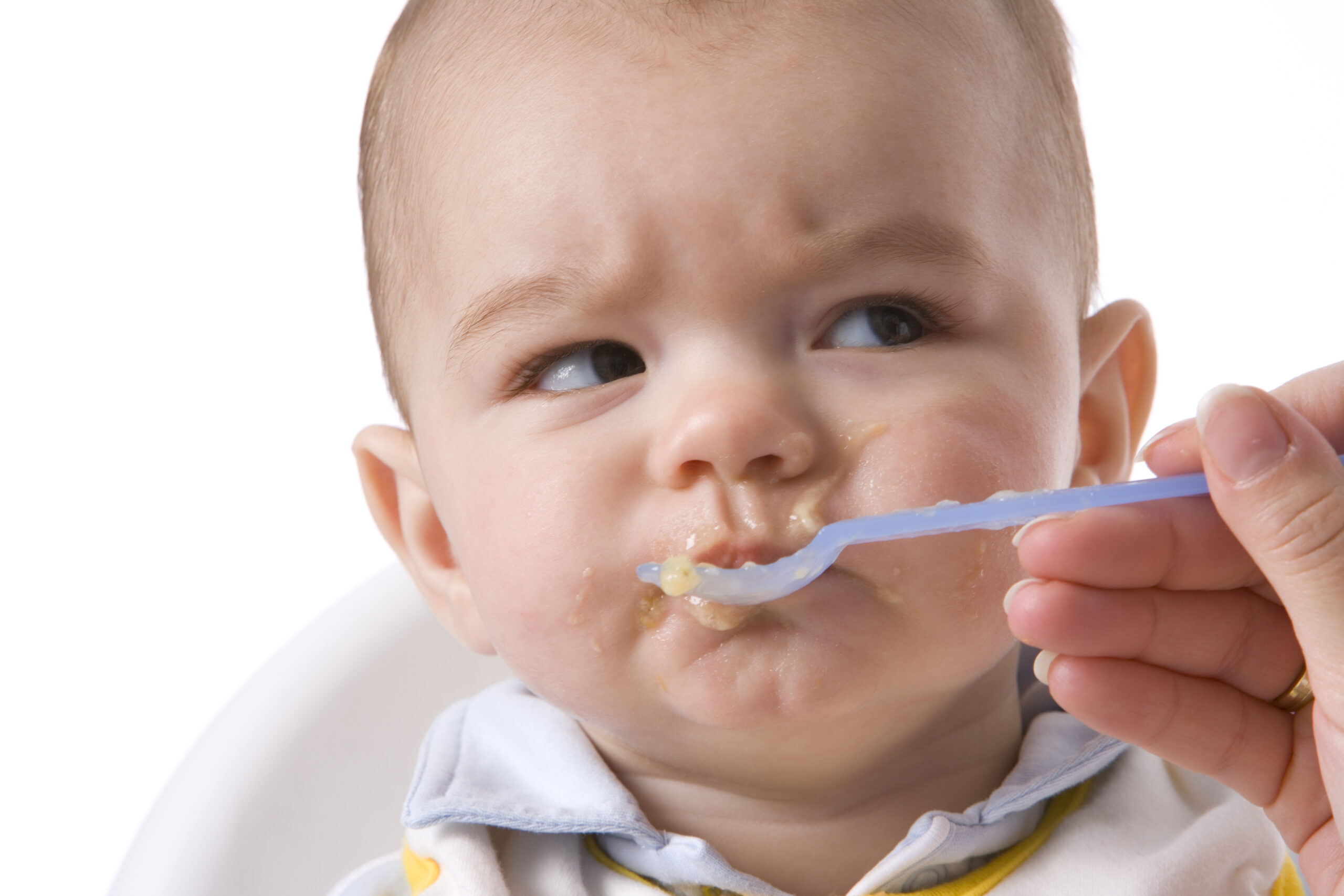What is my child’s correct dose of fever medication?
This seems like a simple question – but the truth is that kids’ ability to metabolize drugs is so complicated, that it’s nearly impossible to be logical. It isn’t surprising that parents are confused by what should be simple: how to use the dosing chart on the back of the bottle for children’s medications.
- Are you supposed to dose based on weight or age and why?
- What if the bottle says one dose, but your pediatrician recommended something else?
- How do you give medicine to a big-for-age baby?
The short answer is that a child’s dose is based on their weight: acetaminophen is dosed at 15 mg per kilogram and ibuprofen is dosed at 10mg per kilogram. And the medication is going to work best if given at the correct dose. Medication tables on the bottle or in any publication are rounded off to make measuring out a dose easy. The best way to find out the effective and safe dose for your child is to ask your pediatrician.
Now here’s the long answer….
Infant and children’s over-the-counter drugs are largely unstudied. Scientists do the best they can to determine precisely how a drug is handled by a child’s body and then they recommend the safest, yet effective dose, for each individual medication.
But determining a drug dose is really complicated because drugs behave very differently in kids. Their organ function is quite quirky. For one thing, during their first years, kids’ intestines don’t absorb drugs as well as adults’. You know how you see the ibuprofen dripping out of her mouth? Even the medicine that actually gets swallowed doesn’t entirely make it from the gut into the blood stream.
Then once the medication makes it into the blood, many medicines are processed by the kidneys, which in kids have very low blood flow compared to adults’. The low blood flow means relatively poor filtering of drugs from the bloodstream, so more of it sticks around in the blood for longer. At birth, babies’ kidneys receive only about five percent of the heart’s output of blood, compared to as much as 25 percent in adults. So this function not only is different from adults, but varies greatly throughout childhood.
Another reason babies handle drugs differently is that their body’s “environment” is different than adults’. For example, adults are about ninety percent water, but infants are only made of about forty percent water. So babies need to be given some drugs at a different dose per body weight than would be given to an adult because the medication is basically being diluted into a different volume of body fluid.
Dosing drugs in young babies is made even more challenging because as they mature the ability to absorb and break down drugs changes continuously. In fact, studies on the pharmacokinetics of drugs—that is, how drugs are broken down in the body—show a surprising variability between individual babies, even when they are at the same age!
Elderly adults are likely in a similar state, in that their ability to process drugs can be unique to an individual person based on their baseline kidney and liver function, and their state of metabolism changes over time too. For anyone with a diagnosis of liver or kidney disease there is a chart that tells how to dose a drug based on a patient’s blood test for these different conditions (for example the ‘creatinine clearance’ in someone with impaired kidney function.)

Some drugs are so challenging to dose, that pediatricians must have the level of the drug in the baby’s body tested daily until the right dose is found. Even then, the drug level must be continuously monitored to ensure that the therapeutic dose is achieved, but that it stays below a toxic level.
So, now I can answer the simple question of how to choose an ibuprofen (brand name: Advil or Motrin) dose, for example. Since we can’t dose based on an individual person’s kidney function, liver function or lean body mass (yet!), we use weight as a substitute measure for these combined effects. Admittedly I’ve known 12 month-olds and almost 3 year-olds who have both weighed 26 pounds. So, you definitely can’t use age to determine a drug dose. Your pediatrician’s office can tell you the correct dose of medication to use. The reason that a chart exists is because figuring out the dose involves a bunch of math, plus you have to convert to the metric system (see below for example). So it’s best to leave that to the professionals.
And as for the kids who weigh more than about 100 pounds, they should max out at the regular adult dose.
Example: Ibuprofen is given at a dose of 10mg per kilogram that a baby weighs. So to give ibuprofen that contains 100mg in every 5ml of fluid:
13lb baby ÷ 2.2lb/kg = 5.9kg
5.9kg x 10mg/kg =59mg
59mg ÷100mg/5ml = 2.95ml of ibuprofen
1 PowerPoint presentation by Edmund Capparelli, UCSD.CHSD Pediatric Pharmacology Research Unit
2 Lifting a Veil of Fear to See a Few Benefits of Fever http://www.nytimes.com/2011/01/11/health/11klass.html
2 Parents to be tried in death of infant son http://www.utsandiego.com/uniontrib/20070914/news_1m14boettger.html









